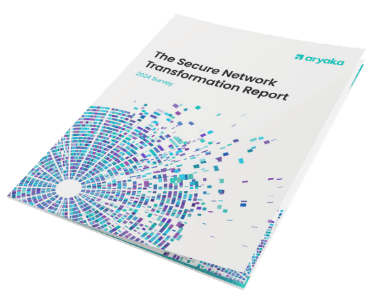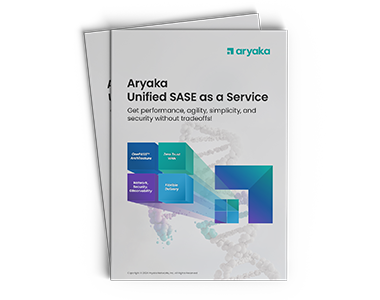Are you losing prospects because your website is slow?
Picture this: One of your company’s potential customers types in your web address and hits enter. From that moment on, a timer starts ticking in his (or her) head. And it’s a short timer at that – typically 5 seconds or less. If that timer hits zero and your web page has still not loaded completely, guess what?
That’s right. You’ve lost that person – maybe for good. Chances are that prospect will simply go to your competitor’s site.
A recent survey (see infographic) of more than 1,000 consumers found that an enterprise can lose up to 60% of its potential customers if the site takes longer than 5 seconds to load. Around 20% would abandon the web page if made to wait for longer than 3 seconds.
Patience is a rare virtue to find, indeed!
When the survey respondents were asked to rank, in order of importance, what they expected from an online experience, web performance was prioritized over fresh and updated content. Furthermore, a whopping 82% replied in the affirmative, when asked if they were likely to recommend a brand to a friend if they had had a positive experience with its website.
The impact web loading times have on your business has thus grown remarkably in the past few years. For instance, Amazon found every 100ms of latency cost them 1% in sales. Google found an extra 0.5 seconds in search page generation time dropped traffic by 20%.
To put a dollar amount on the cost of latency, the TABB Group found that a stock brokerage firm could lose $4 million per millisecond if its electronic trading platform is 5 milliseconds behind the competition.
Clearly, your website has to perform, or you’re in trouble. But there’s trouble within that trouble: the public Internet. The public Internet is akin to a cobblestone paved road, so even if you’re driving a Ferrari, you have to go slow.
To make matters worse, the average consumer accesses ever more online content via mobile devices, and if you think consumers were impatient on the wired web, just wait.
Content Delivery Networks fall short of expectations
The traditional solution to the fast-delivery challenge has been Content Delivery Networks (CDNs). CDNs cache static web content closer to end users. However, as the amount of personalized, dynamic content on the web outgrows static content, caching is no longer adequate. Most enterprise web content (including web applications, customer/partner portals, etc.) is dynamic and, therefore, not cacheable. With traditional CDNs, dynamic content is still at the mercy of the unreliable public Internet.
[bctt tweet=”With traditional #CDNs, dynamic content is still at the mercy of the Internet.”]
Moreover, the global cache eviction policy of traditional CDN vendors dictates that enterprise content suffers heavily as it competes with cache space that is monopolized by large content providers/aggregators (such as CNN, YouTube, Twitter, etc.) whose content is more frequently accessed because of its popularity. This means that with many traditional CDNs, enterprises don’t get the same level of value that content providers with popular content get.
Enter, Aryaka
Aryaka’s CDN was developed with the enterprise in mind – not as an afterthought. Aryaka’s CDN delivers content over a stable, low latency, private core network built specifically for enterprise content delivery, completely bypassing the unreliable public internet. Unlike traditional CDNs, the middle mile is both intelligent and private, a key differentiator. This ensures that customers are not subject to the vagaries of the public Internet, especially across long distances. Aryaka’s CDN results in superior bi-directional dynamic content acceleration for enterprise customers deploying web- and IP-based applications, and it supports the delivery of real-time data and APIs. With the growing importance of user-generated content in the form of uploads, posts, forms, etc., Aryaka promises customers a much faster experience for all traffic.
At Aryaka, our CDN isn’t cluttered with the latest click-bait headline from a broadcaster, or the most viral cat video on YouTube. Thus, enterprises do not have to fear competition for cache performance due to large video, social media, ecommerce, and retail content that is popular and therefore more frequently accessed.
Instead, each enterprise customer is assigned certain resources, which ensures they are not affected by unfair cache eviction due to the popularity of other customers’ content – even if delivered off the same server. Third party tests indicate that we are up to 3 times faster than traditional CDN providers.
And you don’t need to take our word for it. See what Aryaka can do for you and try it before you buy it!
– Shehzad

- Accelerate CAD/CAM Performance
- Improve Zoom Conferencing Performance
- Calypso Embraces a SaaS-first Strategy
- CallisonRTKL Transforms their WAN
- Kleinfelder Improves Application Performance
- Teradyne Transforms their WAN
- SAP web application performance
- Kleinfelder Improves Application Performance
- Industrial Manufacturing Company Transforms WAN




